The Mother of the Blues Who Sang Her Truth

by Mahalia Pearson, age 14
Ma Rainey, also known as Gertrude Malissa Nix Pidgett, was an African American songwriter and musician who was born on April 26, 1886, in Columbus, Georgia.
Ma Rainey started singing at a young age and began performing as a teenager. She later made her debut in the band Bunch of Blackberries. She traveled and performed in tent shows, honky-tonks, and carnivals. While Ma performed, she met her husband, Will Rainey, also known as Pa Rainey.
Will Rainey was a comedian, singer, and dancer. He and Ma Rainey married in 1904. They created an act together, leading them to tour with several African American minstrel troupes and vaudeville groups. Ma Rainey later divorced her husband of 12 years. She then began her show, “Madame Gertrude Ma Rainey and Her Georgia Smart Set.” [Read More]

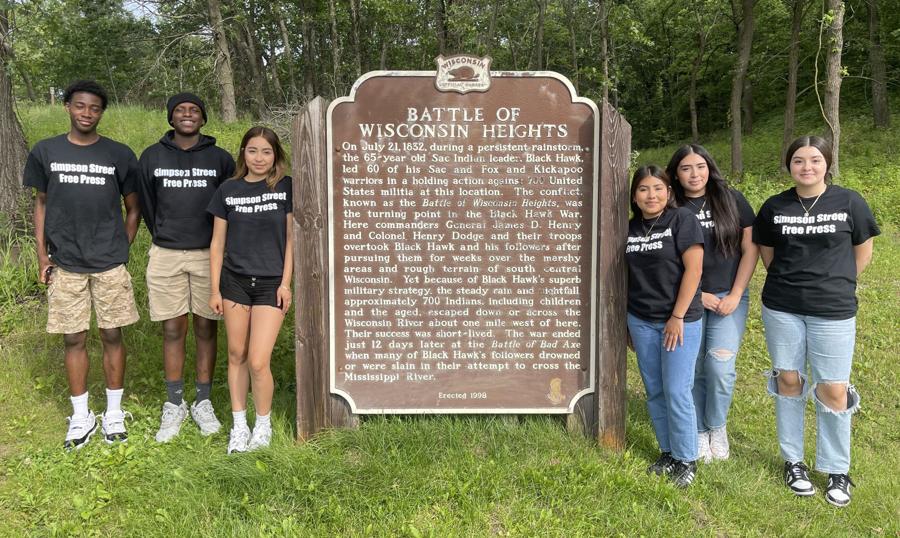













.jpg)




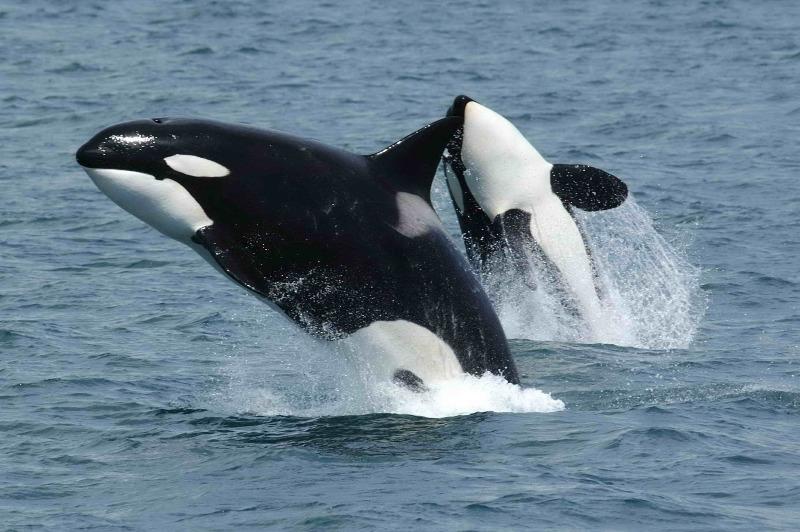
.jpg)


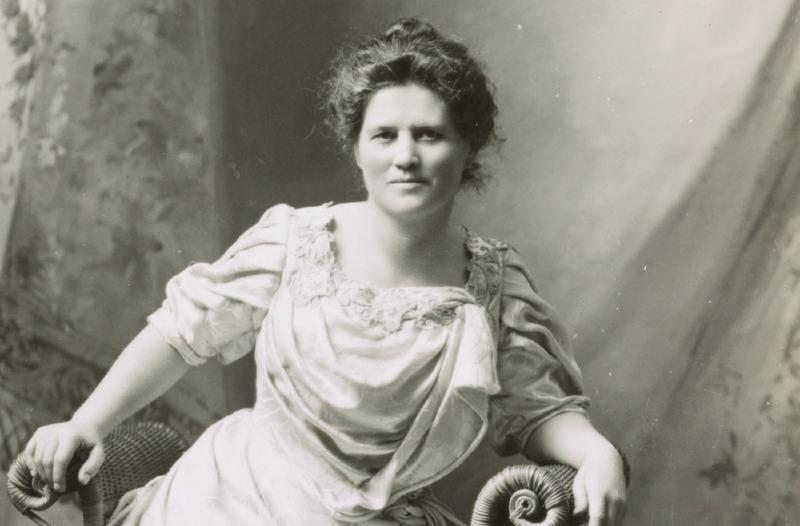









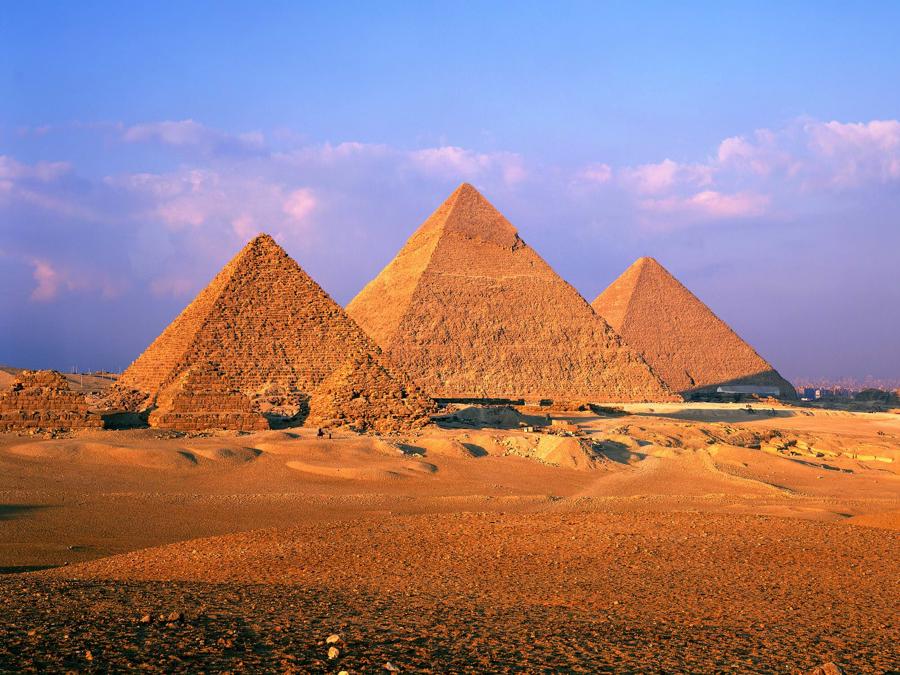



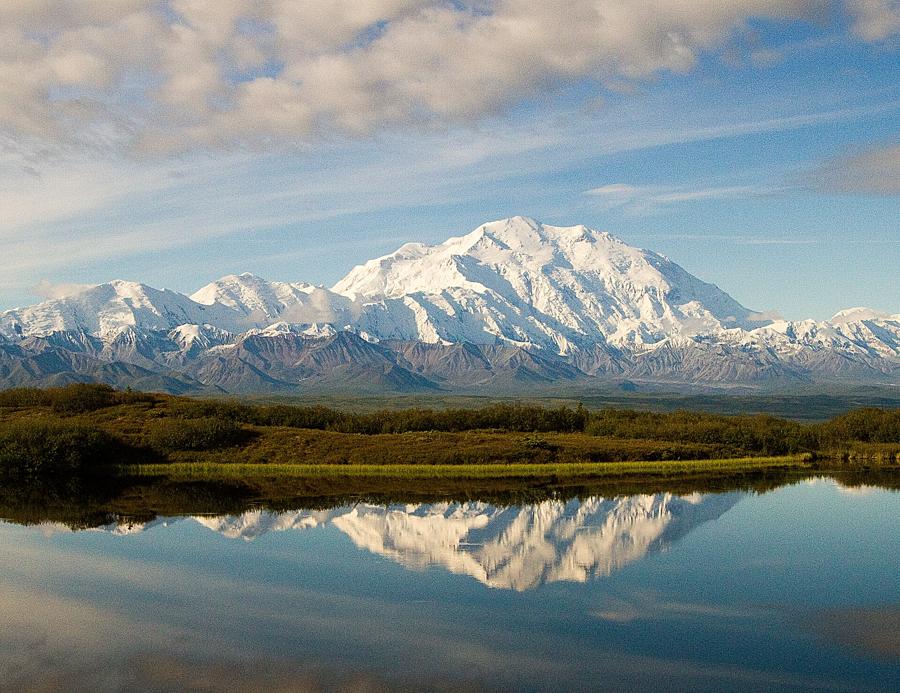
















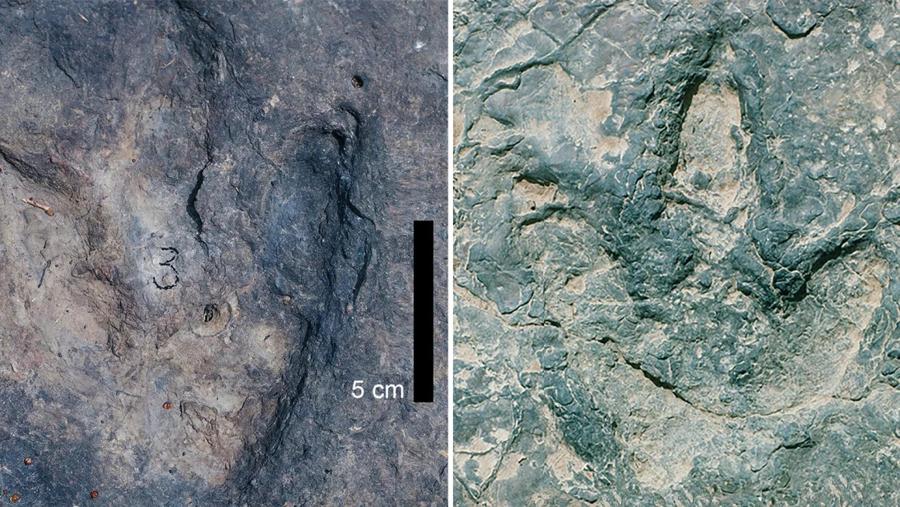



































.webp)









